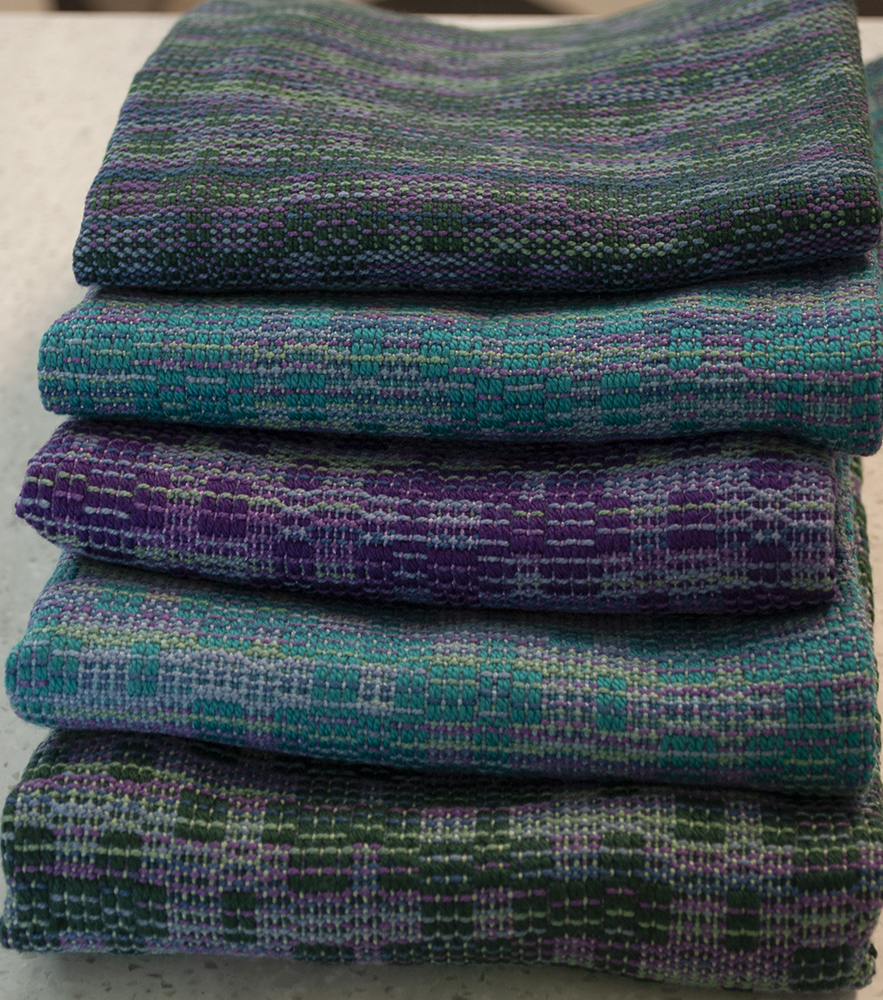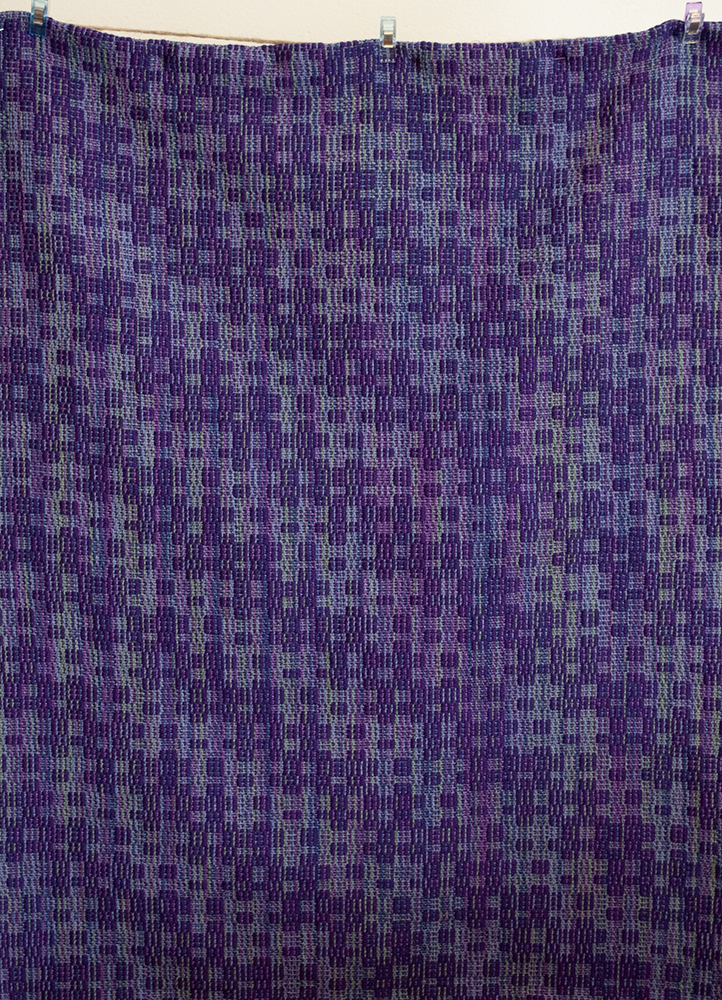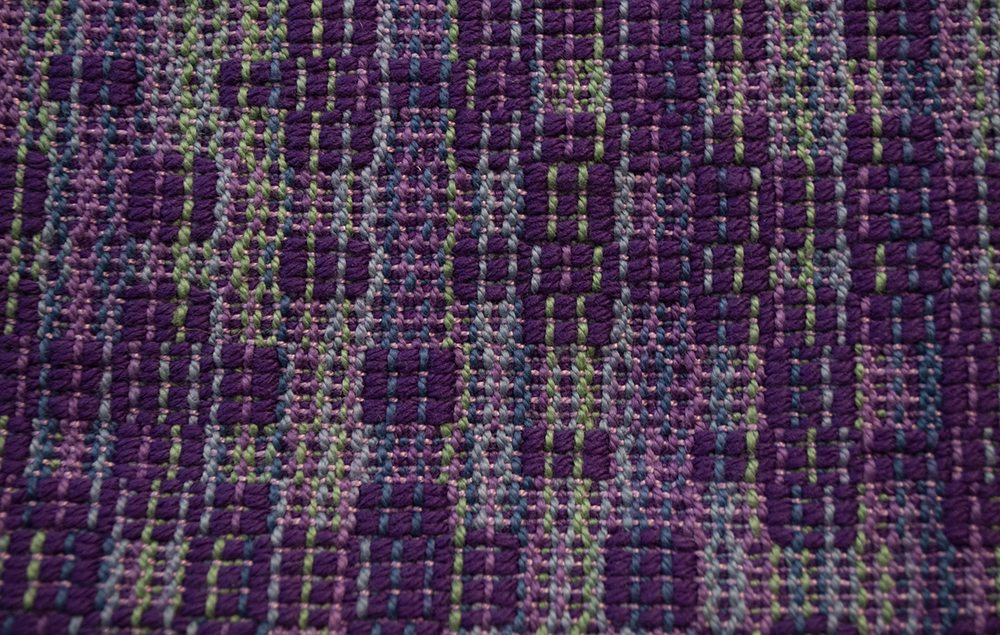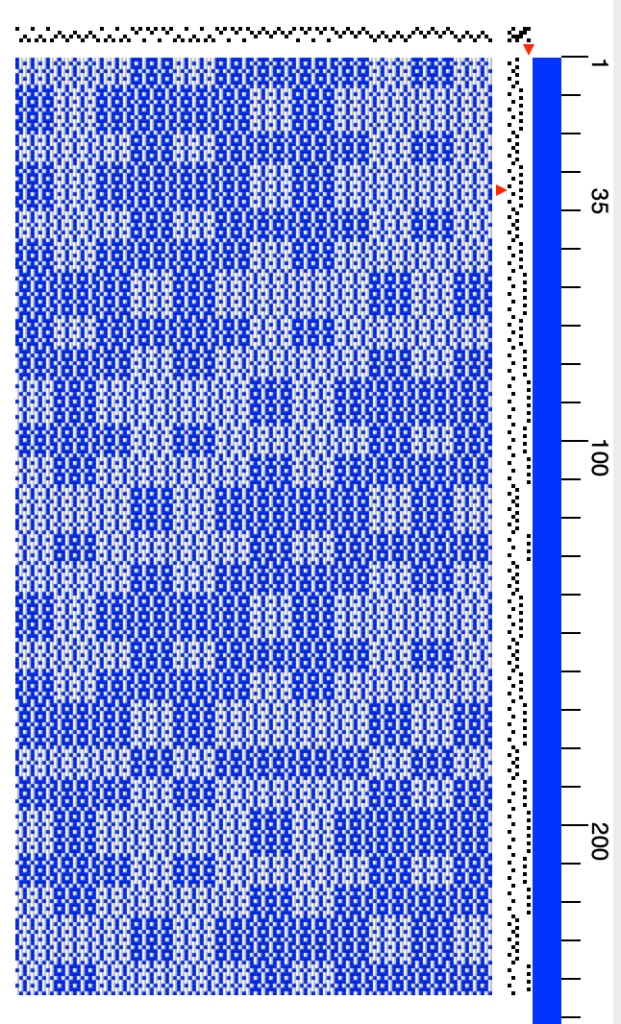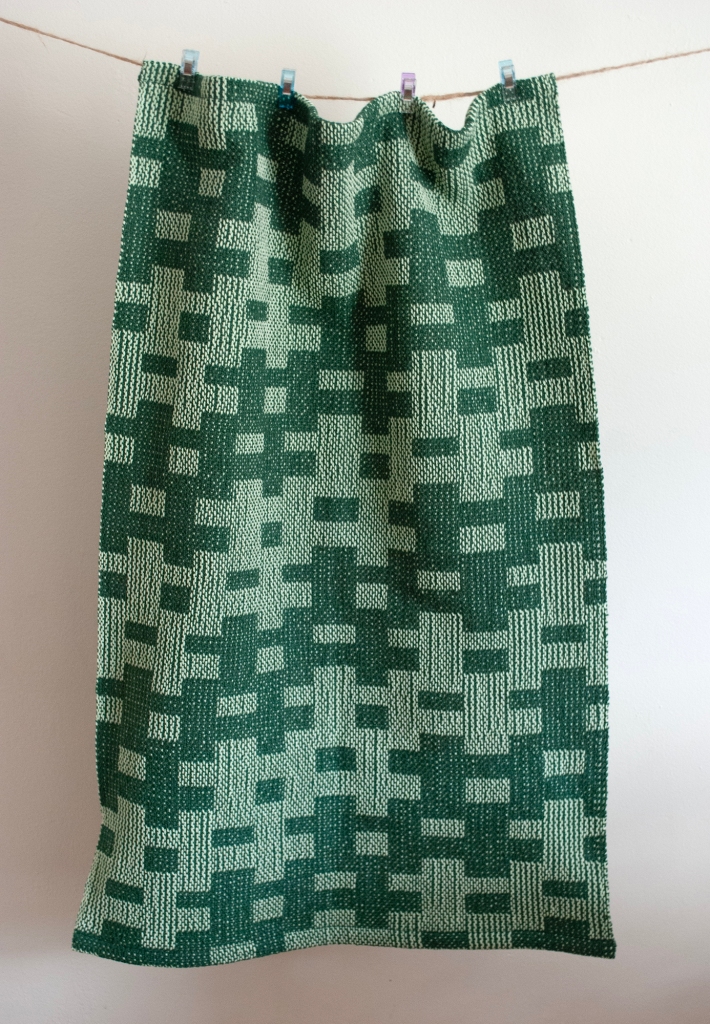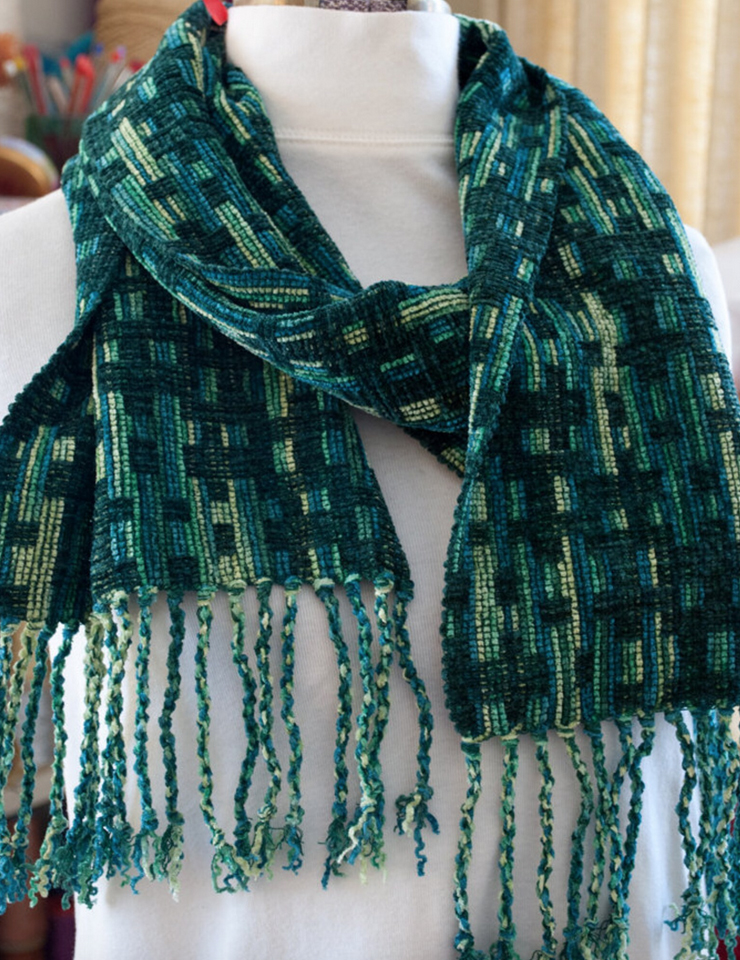Fair warning. This is a step by step tutorial on how I typically hand paint my skeins of tencel or rayon chenille or, sometimes, rayon yarn. I had a request from a reader who was frustrated trying to find instructions on hand painting yarns, so I am going to lay it all out. My methods are not complicated and not fancy. I use products that are readily available on line. I pretty much follow a recipe. My results speak for themselves. I sell hand painted yarn on Etsy and have done for quite a few years. My colors are consistent and repeatable. So, here goes.
I buy all my dyes, soda ash, textile detergent and dye fixer from Dharma Trading Co. They have a fabulous print catalog and a great website. They are located here.
I start by winding off 4 ounce skeins of yarn. I usually wind off three at a time, because that’s how much room I have on my painting surface. I use 8/2 Tencel from Maurice Brassard Yarns. (I buy this yarn from the Woolery in Frankfort, KY) It comes in 8 oz. tubes. I put a tube on a digital scale on the floor, and wind from that on to an umbrella swift. The swift is opened up quite wide. My skeins measure roughly 93-94″ around. When the scale says I have wound off 4 ounces I stop and tie the ends together. I also tie the skein in four places (not too tight!) to keep the threads from shifting around too much.



I stop winding when I have three skeins ready to go.

Next I head to the basement. The three skeins now get to soak in a soda ash and water bath for at least an hour. The time is not exact. The soda ash bath sits in a tub in one side of a very large, very old concrete sink.
The Soda Ash Bath. This is needed as a fixer or fixative (makes the dye permanent once it hits the fiber).
The Soda Ash Bath consists of:
1 cup soda ash
1 gallon of hot water
Mix these together in a very large plastic tub, preferably with a lid
This mixture may be used over and over and added to with both water and soda ash as needed.
This is the bath:

When I am ready to paint the yarn skeins, I take them out, squeeze them by hand, and take them to my painting area.
The painting area: I had the good luck to move into an old house with a work bench already in place. I put an old sheet down on the wood surface for padding. I also have some sort of plastic sheeting that the skeins rest directly on. I also cover the skeins with another piece of plastic sheeting after they have been painted so they won’t dry out. I have a shelf to the left with all my dye jars and other supplies.


These are the items that I use to mix dyes and paint them:

Rubber gloves
Plastic squeeze bottles with squeeze tips
Funnel
Old juice pitcher
Water cup with ml markings.
Plastic cup for mixing dye
Plastic measuring spoon(s)
Foam brushes
N95 Mask!
Fiber Reactive Dyes (mine are all from Dharma Trading Co.)

My basic recipe for a dye solution that will be enough for four colors to space-dye-paint six 4-ounce skeins of yarn is as follows:
500 ml. water
1 1/2 tsp. fiber reactive dye
Put on rubber gloves. Put on an N95 mask so you don’t breathe in the dye dust. Mix a small amount of water in a plastic cup with the 1 1/2 tsp. of dye until the dye is dissolved. Mix in a little more water, stirring until the cup is 3/4 full. Pour this dye into the plastic squeeze bottle (using a funnel to make this easier). Keep pouring more water and swirling it around in the mixing cup, then pouring the water into the squeeze bottle until the 500 ml. of water is used up. The plastic mixing cup should be clean of any dye residue. Put a squeeze tip on the bottle, then shake the bottle vigorously. It is now ready for painting.
Water measured out and ready to pour:

Dye mixed in the mixing cup:

Four colors of dye mixed and ready to paint:

I am now ready to paint the wet skeins from the Soda Ash Bath (which, remember, have just been squeezed out).

I then stretch the skeins out on the painting surface.

Painting happens. I squeeze dye on to the skeins in sections, color by color. I push the dye in and paint each color section, then move on to the next one. (6-8 squeezes per color should do it, up to you.)




I blend each color section together with the next. The colors pretty much keep to themselves, i.e., they don’t run together, so no worries on that front. I don’t use thickeners or urea. Then I cover the skeins with a plastic sheet.

You need to leave the skeins as they are for a good 24 hours while they do their thing. Patience is key!
The next day: Rinsing
I take the skeins back to the sink and start rinsing in one of my plastic tubs. Fiber reactive dyes do not “exhaust” like acid dyes on wool, so there will be a lot of dye runoff as you rinse. This is what they look like before the rinsing begins:

I use hot water, rubber gloves, and a work shirt covered by an apron. I do about 5 or 6 tubs full of hot water, squeezing the yarn, then immediately pouring it out. Then I fill the tub with hot water and add 2 cap fulls of Dharma Dyer’s Detergent (or Synthrapol).

Now I go away at least an hour and just let the yarn soak. After a suitable amount of time, I come back and start rinsing again, with multiple tubs of hot water, gradually decreasing the temperature of the water until I get to lukewarm. Watch the rinse water and it will eventually run clear.

At this point I add 1 cap full of Dharma Dye Fixative (increases wash fastness, prevents bleeding) to lukewarm water. This is optional. Let it sit for 15 minutes, then rinse it out. One tub full should do it.
I then squeeze the skeins out by hand and put them in the washing machine for a quick low spin cycle (mine is about 10 minutes). They come out kind of messy, but all you have to do to straighten them is put your hands inside the skein and give it a few quick hard snaps. Then put them on a rack to dry. That will take another 24 hours.

Here are the dried skeins, ready for their closeup:


This is the colorway Iris, a longtime standard in my Etsy shop. I use Dharma Trading colors Aquamarine, Better Blue Green, Lavender, and Ultra Violet. I recommend Dharma for everything dye related. They have a vast array of Fiber Reactive dye colors. You don’t really every have to mix them, just use as is.
I hope this process is easy to understand! Any questions? Leave a comment!


